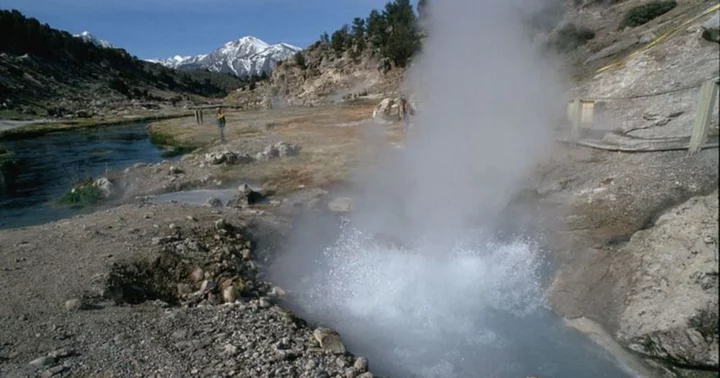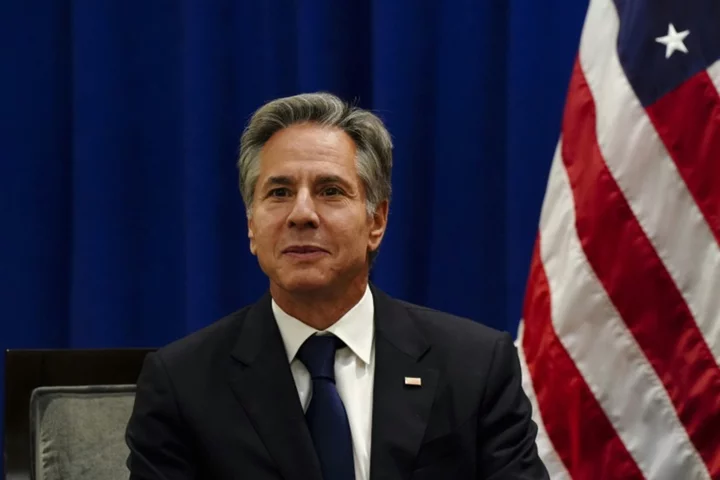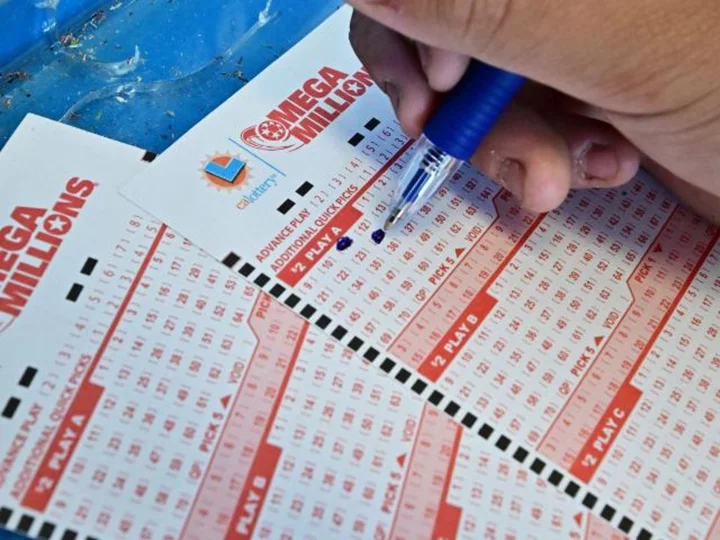MONO COUNTY, CALIFORNIA: The Long Valley Caldera, one of California's riskiest volcanoes has reportedly been showing signs of seismic activities, which are sometimes a precursor to an eruption.
Located along the eastern edge of the Sierra Nevada range in California, the Long Valley Caldera has been in a state of unrest since the late 1970s.
The long-dormant volcano was formed approximately 760,000 years ago by a super-eruption that erupted 140 cubic miles of magma and covered most of east-central California with burning ash that was blasted as far away as modern-day Nebraska.
In 2018, the US Geological Survey classified the Caldera as one of the three volcanoes in the state that are categorized as "very high threat,” the highest-risk category defined by the agency.
Researchers have been closely examining the Long Valley Caldera where there have been noticeable increases in earthquakes and ground fluctuations that began four decades ago.
In general, ground morphological changes and increased seismic activity are noted before eruptions; nevertheless, these events do not guarantee an impending eruption.
Is California’s riskiest volcano set to erupt again?
After witnessing concerning activities at the Long Valley Caldera, Scientists at the California Institute of Technology (Caltech) carried out a new investigation to determine if the seismic activity was an indication of imminent disaster or that there was less chance of a large eruption.
The researchers have identified over 2,000 earthquakes rumbling throughout the Long Valley Caldera in recent years.
During the research, they took detailed subterranean photos of the caldera and discovered that the recent seismic activity results from fluids and gases released as the area cools off and settles down.
“We don't think the region is gearing up for another supervolcanic eruption, but the cooling process may release enough gas and liquid to cause earthquakes and small eruptions,” study author Zhongwen Zhan said.
“For example, in May 1980, there were four magnitude 6 earthquakes in the region alone,” he continued, according to Daily Mail.
In order to collect seismic measurements, Zhan and his team deployed dozens of seismometers around the Eastern Sierra region, a process called distributed acoustic sensing (DAS).
They covered 62 miles of the caldera with cables to capture underground snapshots. Over a year and a half, the team used the cable to measure more than 2,000 seismic events, most too small to be felt by people.
When did the seismic activity begin in the Long Valley Caldera?
The Long Valley Caldera specialist Emily Montgomery-Brown, who was not involved in the study, told the LA Times that the seismic outbreaks began in 2011.
Following these quakes in 2020, the area saw a ground displacement where the land elevated and the tremors subsided. A 2018 study discovered that 240 cubic miles of magma are subterranean in the Long Valley Caldera.
Despite Caltech researchers’ claims, Montgomery-Brown asserted that an eruption is still on the table. “And so even if the Long Valley magma reservoir is moribund, there are other pockets of magma in the area,” she said.
If the caldera were to erupt, it would eclipse the 1980 explosion of Mount St Helens, which belched out just 0.29 cubic miles of volcanic material into the atmosphere.









